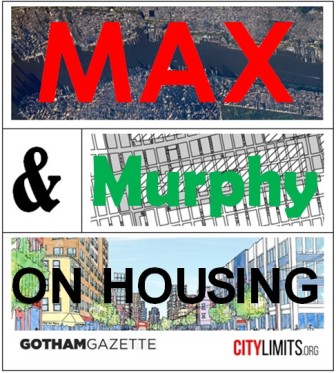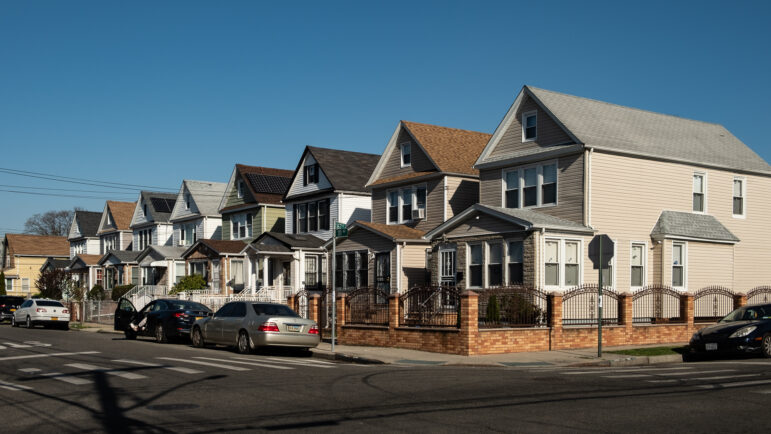
Michael Appleton for Mayoral Photography Office
A defining irony of Bill de Blasio’s time in City Hall has been that although the mayor is a skilled, veteran political operator—who helped get Hillary Clinton to the U.S. Senate, beat a crowded field to reach the City Council, won a tough 2009 primary to become public advocate and then engineered a stunning come-from-behind victory in 2013—he has often been outplayed politically.

De Blasio doesn’t get enough credit for getting pre-K through the state legislature or for navigating the delicate territory around policing and race bracketed by the Eric Garner killing and the slayings of officers Ramos and Liu in the latter half of 2014. But the charter-school fracas of his first year, his delay in endorsing Clinton, the failed effort to arrange a presidential debate, the awkwardness of trying to get mayoral control renewed by a Senate majority he’d taken strong steps to unseat … these weren’t episodes for the political-acumen highlight reel. That led one astute observer (of course, I mean me) to present de Blasio with the backhanded compliment that he had been a better mayor than a politician, so far.
When it came to his defining policy push, the housing plan, it has sometimes looked like de Blasio had once again brought a wet noodle to a sword fight. The plan to increase density and with it provide 80,000 new units of affordable housing stirred concerns about gentrification and displacement that angered de Blasio’s base in outer borough communities of color.
But this week there have been increasing signs that the mayor is getting the upper hand on skeptics and opponents. There’s a long way to go between now and 200,000 units, but history may record this week as a turning point (and not just because it’s the start of life without Downton Abbey.)
Here’s how Ben Max of Gotham Gazette and I break down where the mayor stands and what’s yet to come:








